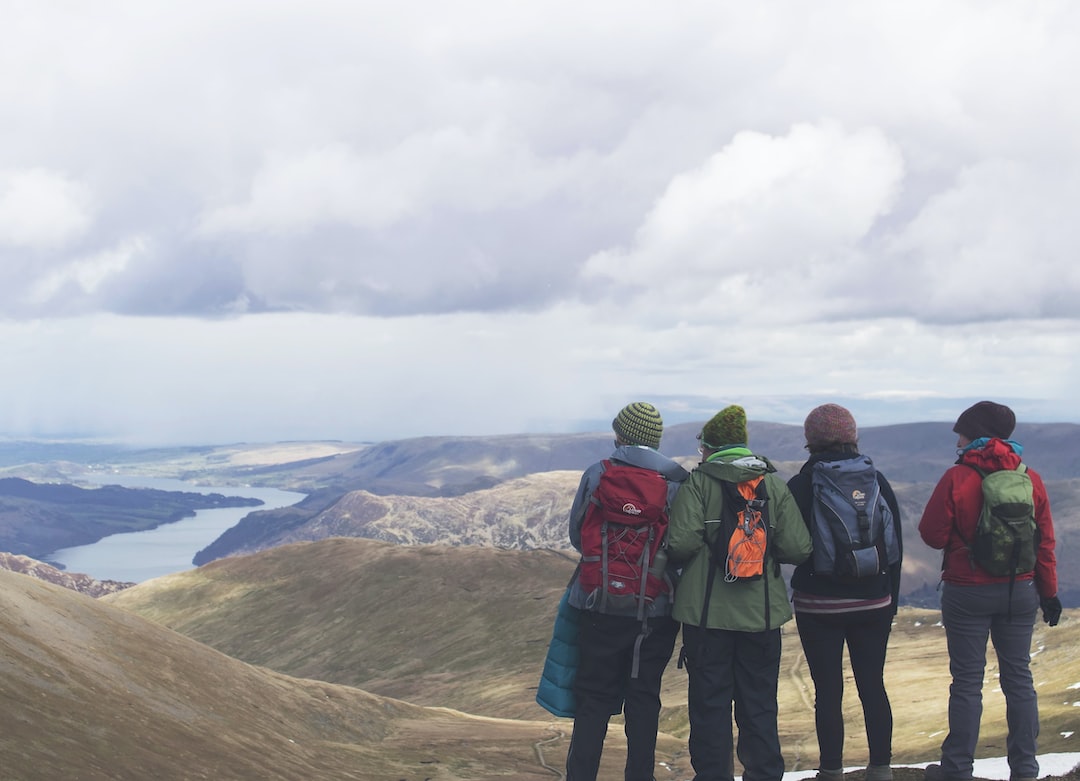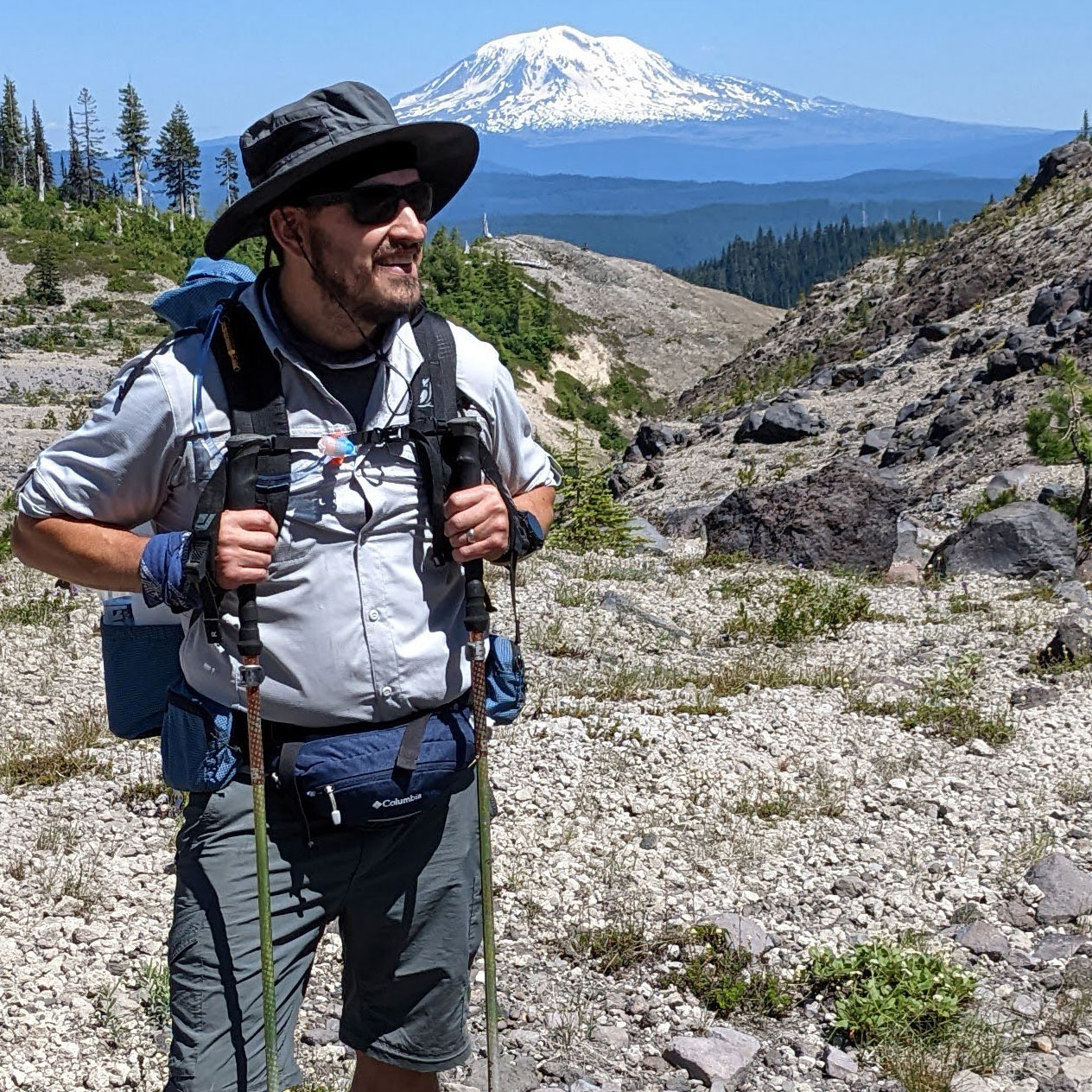Backpacking is a popular outdoor activity that involves carrying all necessary gear and supplies in a backpack while hiking or camping. It is a great way to explore nature, escape from the daily grind, and challenge oneself physically and mentally. However, packing efficiently is essential for a comfortable and enjoyable backpacking adventure. In this blog post, we will explore the top ten must-have items for backpacking, including a backpack, comfortable footwear, a tent, sleeping bag, water filter, and lightweight stove.
Backpack
The backpack is the most essential item for backpacking, as it keeps all your necessary gear and supplies in one convenient place. Choosing the right backpack is crucial to your comfort and safety on the trail. Factors to consider when selecting a backpack include size, fit, weight, and features like compartments, pockets, and ventilation. Types of backpacks include daypacks, backpacking packs, and travel backpacks, which vary in size and load capacity. Be sure to choose a backpack with enough space to accommodate all your gear without being too heavy or bulky.
It is also important to take care of your backpack to ensure it lasts for many backpacking trips to come. This includes regularly cleaning it after each use, storing it properly, and repairing any damage promptly.
Comfortable Footwear
Comfortable footwear is essential for backpacking, allowing you to cover long distances and rough terrain without discomfort. The type of footwear you choose will depend on personal preference, the type of trail, and the weather conditions. Hiking boots are ideal for backpacking and provide ankle support, durability, and traction on trails. Trail running shoes are a lighter option that offers more speed and flexibility. Sandals are perfect for water crossings, and in hot weather conditions.
When choosing footwear, consider factors like fit, comfort, and durability. Be sure to wear your new footwear a few times before heading on a backpacking trip to allow your feet to adjust to them comfortably. Blisters can be a significant problem on the trail, so preventative measures like moleskin or blister prevention tape are recommended.
Tent
Carrying a tent is essential for backpacking, providing shelter and protection from weather elements like rain, wind, and insects. Types of tents include three-season, four-season, and ultralight, with each having different features and suitable for different trail conditions. Factors to consider when selecting a tent include the number of people in the group, weight, size, and ease of setup and take-down.
Take proper care of your tent by following the manufacturer’s instructions for cleaning, storing, and repairing any damage. It is also recommended to carry accessories like stakes, guylines, and a footprint to enhance tent stability and lifespan.
Sleeping Bag
A good sleeping bag is essential for a comfortable night’s sleep, providing insulation and warmth at night. Types of sleeping bags include rectangular, mummy, and semi-rectangular, with different shapes and features suitable for different weather conditions. Be sure to choose a sleeping bag that fits your size and comfort preferences. Consider the temperature rating of the sleeping bag to ensure it fits the weather conditions expected on the trail.
Sleeping bag care includes storing it in a dry and clean place to prevent mildew and damage, washing it occasionally following the manufacturer’s instructions, and using a compression sack to save space in your backpack.
Water Treatment
Carrying a water treatment system is crucial for backpacking as there may not be a reliable source of clean water on the trail. Chemical treatment, filtration, and UV light are the most common forms of water treatment on the trail. Consider factors like weight, ease of use, and treatment time when selecting a water treatment system.
Taking proper care of the water treatment system extends its lifespan and ensures that it works efficiently. Always follow the manufacturer’s instructions for cleaning, storage, and replacement of filters or lamps.
Food and Cooking
Carrying the right food is crucial to keep your energy levels high while on the trail. Types of food include dehydrated, freeze-dried, and ready-to-eat meals, with each having different nutritional values. It is essential to plan your meals and snacks beforehand, considering factors like water availability, weight, and storage.
When it comes to cooking gear, lightweight stoves, fuel, cookware, and utensils help to prepare meals conveniently. Consider factors like fuel type, cooking time, and pot size when choosing cooking gear.
Food storage is critical to prevent bears and other animals from getting to your food. It is recommended to store food, garbage, and other scented items in bear-resistant containers or hang them from a tree using a bear bag.
Conclusion
Backpacking is a thrilling and rewarding outdoor activity that requires proper planning, preparation, and packing. The ten must-have items for backpacking, including a backpack, comfortable footwear, a tent, sleeping bag, water filter, and lightweight stove, are essential for a safe, comfortable, and enjoyable trip. Remember to pack efficiently, taking only what you need, considering weight and space limitations. Finally, share your backpacking experiences with other backpackers, encouraging them to explore the great outdoors as well.


